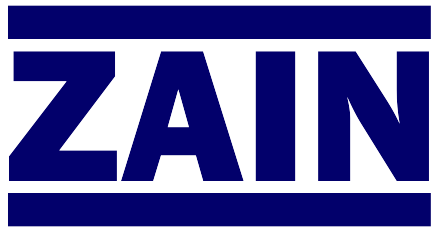Fluid Mixing Variables in Suspension and Emulsion Polymerization
Authors:
J.Y. Oldshue
D.O. Mechler
D.W. Grinnell
Mixing Equipment Co., Inc.
This article explores the critical variables in fluid mixing for suspension and emulsion polymerization, focusing on how impeller type, D/T ratio, shear rates, and tank scale affect particle size and process efficiency. It highlights the differences between laboratory, pilot, and full-scale polymerizers, emphasizing the challenges of scale-up, including vortexing, circulation time, and blending efficiency. The study also underscores the importance of understanding fluid mechanics and shear stress to optimize mixing performance and achieve consistent polymer product quality.
Key Learnings
- Proper knowledge of flow and shear variables is essential for optimizing suspension and emulsion polymerization.
- Impeller type, size, and D/T ratio significantly impact shear rates, pumping capacity, and particle size distribution.
- Scale-up from laboratory to pilot and full-scale tanks introduces challenges such as increased vortexing, swirl, and uneven circulation.
- Shear stress and micro-scale shear rates influence polymer particle size and molecular-level reactions.
- Tank design, including baffles and impeller positioning, affects blending efficiency and overall process performance.
- Monitoring and adjusting parameters like impeller speed, tip speed, and pumping capacity are crucial for consistent product quality.
- Laboratory- or pilot-scale tanks may need intentional limitations to accurately simulate full-scale mixing behavior.
- Laser Doppler Velocimetry and other measurement techniques help quantify velocities and shear rates in mixing vessels.
- The interaction of fluid properties, shear stress, and surface tension determines droplet size distribution in liquid-liquid dispersions.
- Careful consideration of mixing phenomena allows meaningful scale-up predictions while avoiding process failures.
If you can’t see the PDF, click "Open in new tab".

